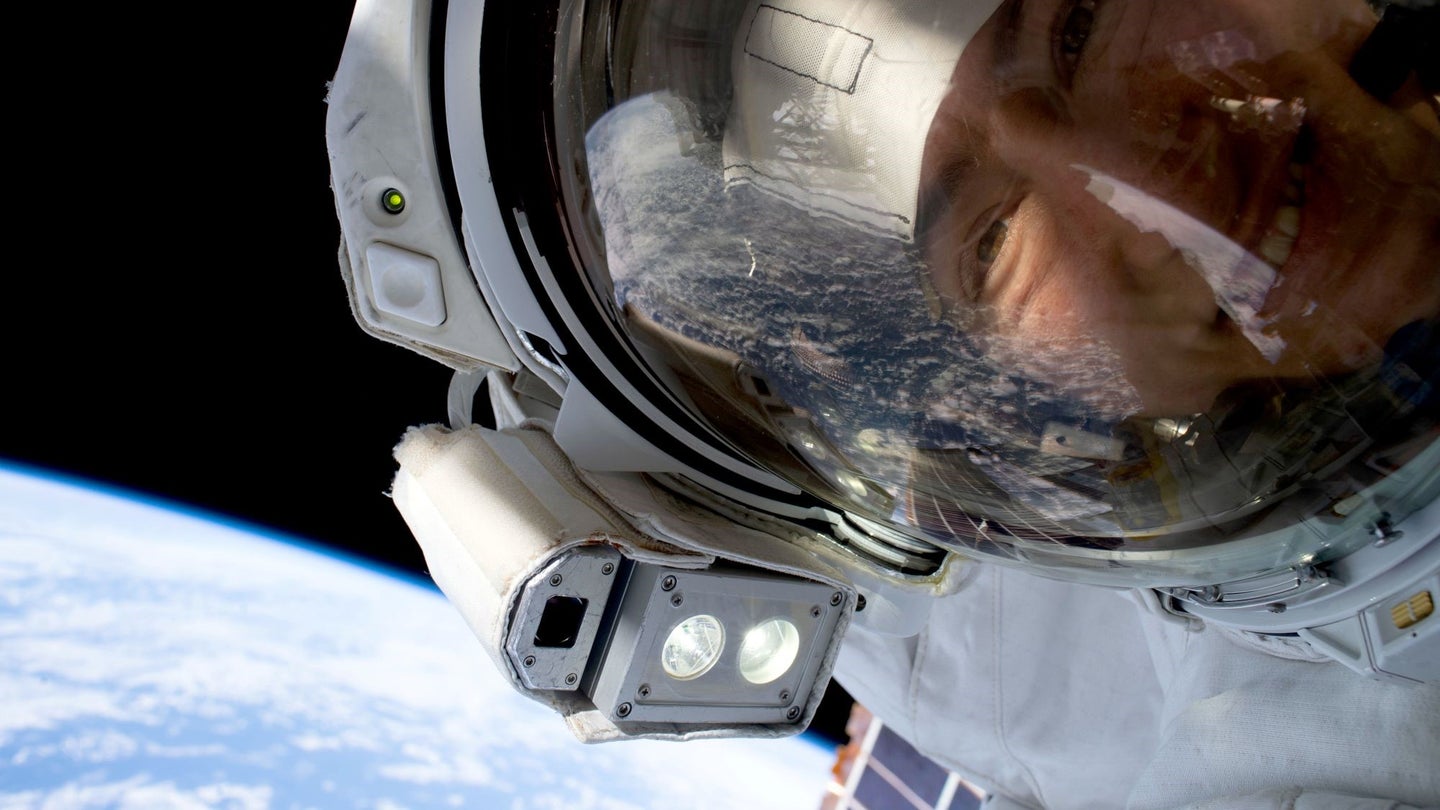
Outer space is a rough place for the human body. The effects of space travel on our health pose substantial challenges to our future in the cosmos. Beyond Earth, astronauts literally lose bone and muscle while being exposed to potentially cancer-causing radiation. As they plan to go on longer trips—like to the moon and Mars, such as in NASA’s Artemis program—biologists need to prepare to keep these explorers safe on these extended voyages.
Part of that is understanding exactly how space changes our bodies, from the macroscopic scale of our organs all the way down to our microscopic cells. To that end, Swedish biologists used an experiment here on Earth to simulate what happens to a human’s immune system in microgravity, the “weightlessness” experienced by space travelers. In a new research paper, published last week in Science Advances, the study authors report significant genetic changes to these guardian cells.
The immune system is a crucial system in the human body, protecting us from a barrage of bacteria and viruses that dwell on our lively planet. If an astronaut’s immune system is damaged by the conditions of outer space, they may not be able to fight off infections when they return to Earth, and viruses that were lingering dormant in their system might even come back with a vengeance.
[Related: Most of us have viruses sleeping inside us, and spaceflight wakes them up]
To study this on Earth, volunteer test subjects lived in space-like conditions for 21 days, essentially floating on what are called “dry immersion” beds. Researchers analyzed the participants’ blood and found that the genes in their T cells, a type of germ-fighting white blood cell, had altered in ways that might make them less effective at protecting against pathogens.
“T cells significantly changed their gene expression—that is to say, which genes were active and which were not—after seven and 14 days of weightlessness,” says co-author Lisa Westerberg, an immunologist from Sweden’s Karolinska Institute. “T cells began to resemble more so-called naïve T cells, which have not yet encountered any intruders. This could mean that they become less effective at fighting tumor cells and infections.”
But there’s some good news. After a return to usual gravity, some of the cells’ changes reverted back to normal, Westerberg and her colleagues observed. This suggests human bodies have the potential to re-adapt once they’re back on Earth—at least, based on this research, for 21-day trips. It’s still unclear how longer-term spaceflight, like the perilous possibly years-long journey to and from Mars, would affect astronauts, their genes, and their immune systems.
[Related: Space stations could wage war on hitchhiking bacteria with self-cleaning tech]
This isn’t the first time that scientists have noticed changes in DNA due to space travel. NASA’s famous “Twins Study”, in which astronaut Scott Kelly lived aboard the International Space Station while his twin brother Mark Kelly remained on Earth, revealed that a year in space does affect and sometimes damage genes. We also know that space can harm blood cells and bone marrow, destroying them to the point that astronauts could experience so-called “space anemia.” (Although new research shows there might be a way to combat that, using fat cells.)
The truly novel bit of this new research is how it ties cellular changes to the human body’s broader functions, allowing researchers to brainstorm fixes to the problem at a cellular level. Several clinical trials are underway for new drugs and therapies to treat similar cell-related issues on Earth, including certain cancers, allergies, and autoimmune disorders. “We therefore think this study can pave the way for new treatments that reverse these changes to the immune cells’ genetic program,” says Westerberg.
Prepping for Mars or beyond, then, has the potential to help both Earth-bound patients and spacefaring travelers, providing a better understanding of the human body no matter where it is in the universe.
The post This is how space might disturb our immune systems appeared first on Popular Science.
Articles may contain affiliate links which enable us to share in the revenue of any purchases made.
from | Popular Science https://ift.tt/BAQUVc9




0 Comments